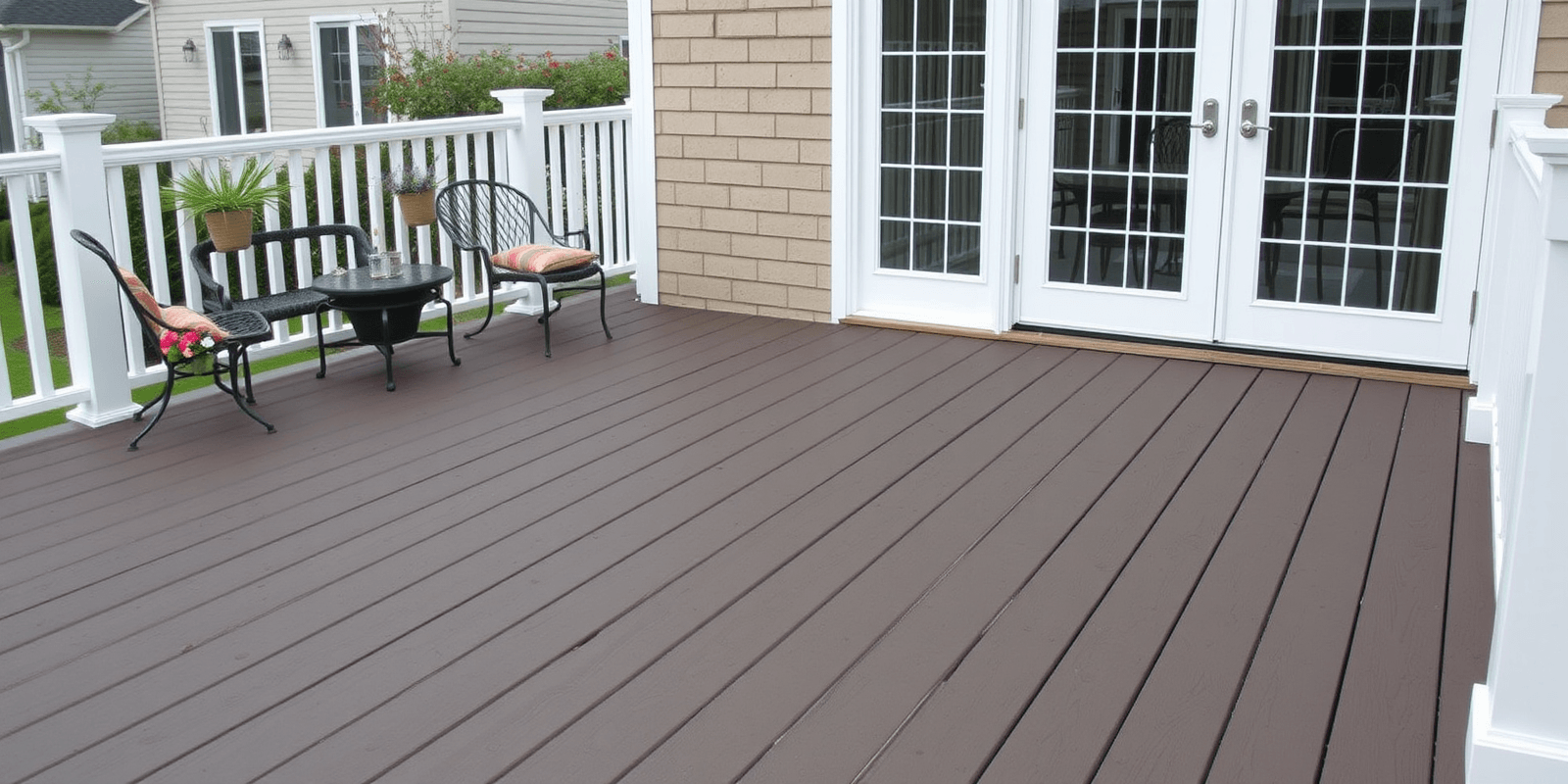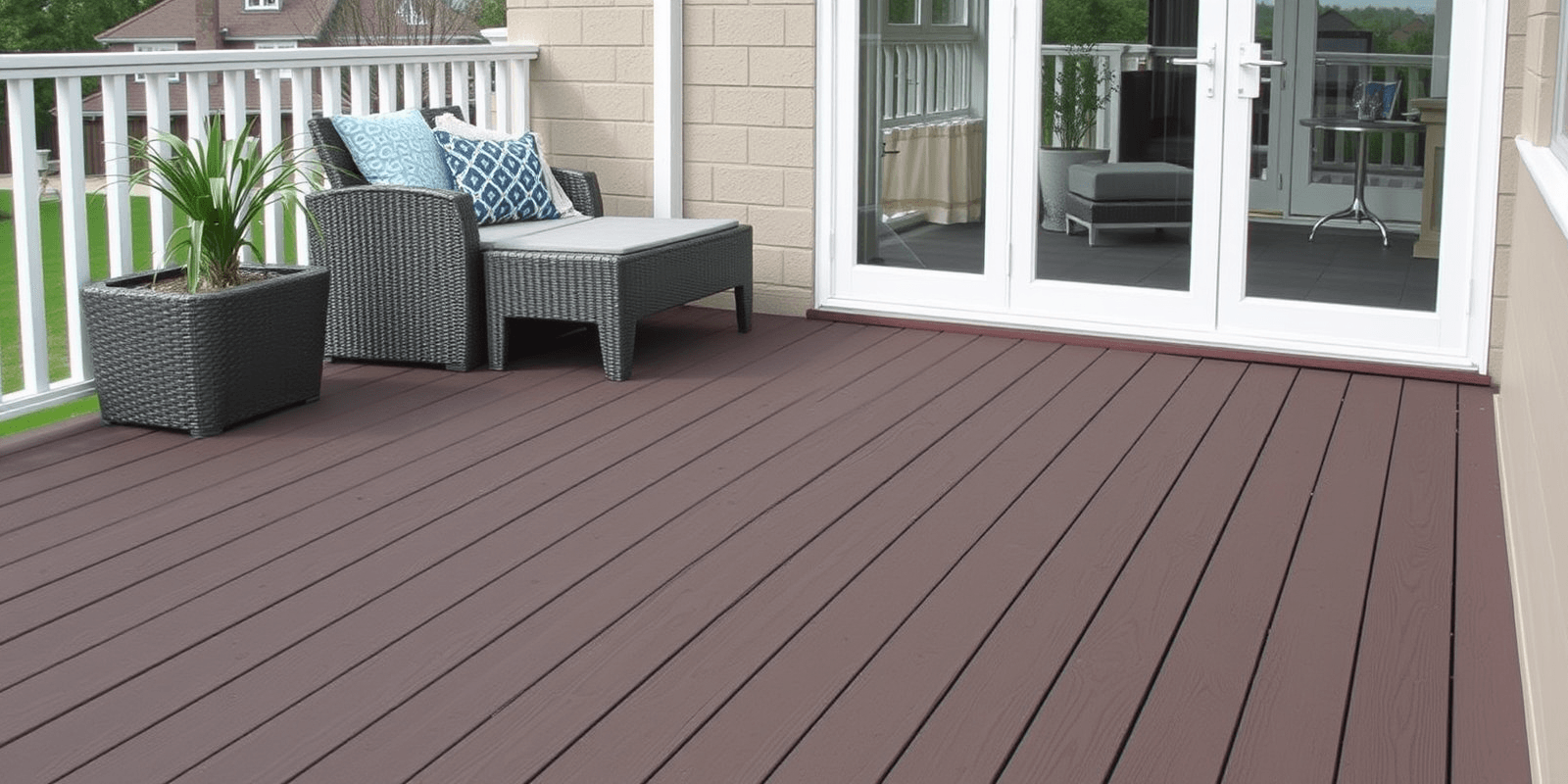composite decking decking
The Environmental Benefits of Composite Materials Over Traditional Wood
In recent years, the construction industry has seen a significant shift towards using composite materials for decking projects. Composite decking is made from a mixture of recycled plastic and wood fibers, offering a sustainable alternative to traditional wood decking. This shift is not just a trend but a necessity as we strive to build more environmentally friendly structures. In this article, we will discuss the environmental benefits of using composite materials over traditional wood, focusing on how composite decking can reduce the need for chemical treatments and its impact on longevity.
Reducing Chemical Treatments
One of the most significant environmental benefits of composite decking is its reduced reliance on chemical treatments. Traditional wooden decks require frequent applications of preservatives, sealants, and stains to protect them from moisture, rot, and insect infestation. These chemicals often contain harmful substances like arsenic, copper, and chromium, which can leach into the soil and waterways, posing risks to both human health and the environment. According to a study by the Environmental Protection Agency (EPA), pressure-treated wood used in residential construction contains arsenic, a known carcinogen, which can contaminate groundwater if not disposed of properly. Composite decking, on the other hand, is inherently resistant to moisture, mold, mildew, and termites, reducing the need for these chemical treatments. The manufacturing process of composite decking involves mixing recycled plastics with wood fibers, creating a material that is naturally resistant to these threats without the need for additional chemicals.
Impact on Longevity
Composite decking offers a longer lifespan compared to traditional wood decking, contributing to its environmental benefits. A well-maintained wooden deck typically lasts between 10 to 15 years before requiring replacement due to wear and tear, rot, or insect damage. In contrast, composite decking can last up to 25 years or more with minimal maintenance. This extended lifespan means fewer resources are consumed in the production and disposal of new materials, resulting in lower overall environmental impact. Additionally, the durability of composite decking reduces the frequency of repairs and replacements, further minimizing waste. For instance, a study published in the Journal of Environmental Management found that composite decking has a lower lifecycle cost and environmental impact than traditional wood decking when considering factors such as maintenance, replacement, and disposal.
Recycling and Reuse
Another key advantage of composite decking is its recyclability. Many composite decking manufacturers have implemented recycling programs to ensure that old composite decking boards can be repurposed at the end of their useful life. This closed-loop system significantly reduces the amount of waste sent to landfills and conserves natural resources. In comparison, traditional wood decking often ends up in landfills where it decomposes slowly and releases methane, a potent greenhouse gas. By choosing composite decking, consumers contribute to a circular economy that promotes sustainability and reduces environmental impact.
Reference
Environmental Protection Agency (EPA), “Pressure-Treated Wood,” accessed March 10, 2023, https://www.epa.gov/saferchoice/pressure-treated-wood.
Journal of Environmental Management, “Life Cycle Assessment of Composite Decking Systems,” accessed March 10, 2023, https://doi.org/10.1016/j.jenvman.2021.112422.



